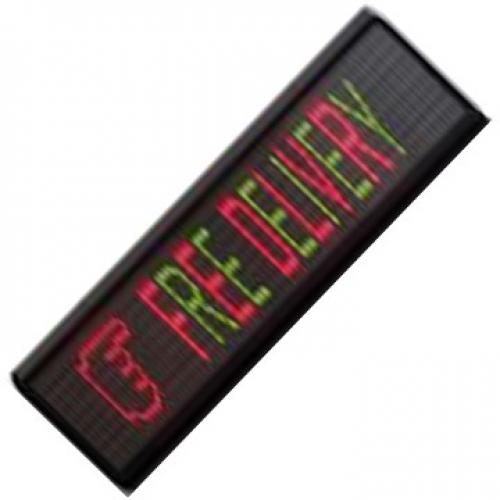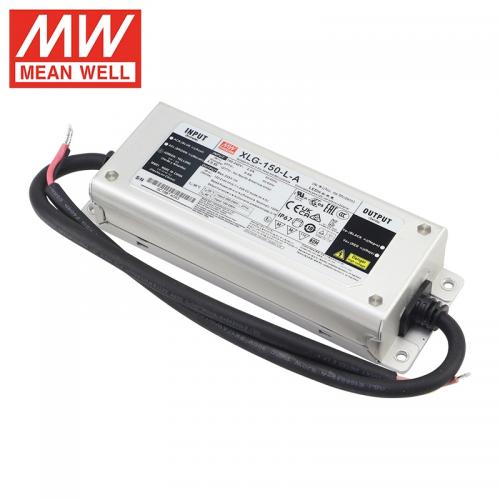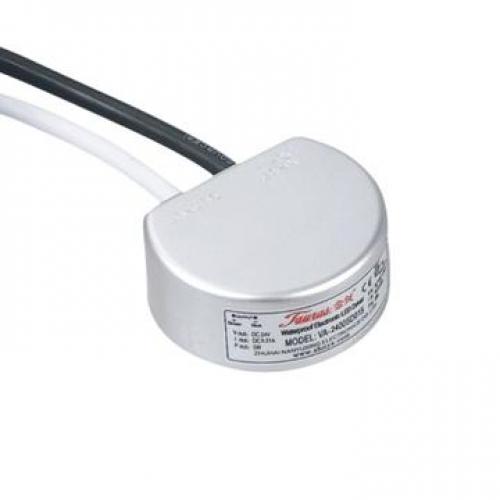What power supply do I need for LED strip lights?

When it comes to setting up LED strip lights, one of the most crucial components you'll need to consider is the power supply. The right power supply ensures your LED strip lights function efficiently and safely, delivering the desired brightness and longevity. Understanding the requirements and specifications of your LED strip lights will guide you in choosing the right power supply. In this article, we will explore the factors you need to consider, the types of power supplies available, and how to calculate the appropriate power supply for your LED strip lights.
Understanding LED Strip Light Specifications
Before diving into power supply selection, it's essential to understand the specifications of your LED strip lights. These specifications include:
-
Voltage: Most LED strip lights operate on 12V or 24V DC. It's crucial to match the voltage of the power supply to the voltage of the LED strip lights.
-
Wattage: LED strip lights come with a specified wattage per meter. This information helps you calculate the total power consumption of the strip.
-
Length of the Strip: The total length of the LED strip will impact the overall power requirement. Longer strips will require more power.
Calculating Power Requirements
To determine the power supply you need, you must calculate the total wattage required by your LED strip lights. Here’s how:
-
Determine the Total Wattage: Multiply the wattage per meter by the total length of the LED strip. For example, if your LED strip uses 5 watts per meter and you have a 10-meter strip, the total wattage required is 50 watts.
-
Add a Safety Margin: It's advisable to add a 20% safety margin to ensure the power supply can handle the load without overheating or becoming overworked. In our example, 50 watts plus a 20% safety margin equals 60 watts.
-
Choose a Power Supply with Adequate Wattage: Select a power supply that can provide at least the calculated wattage, including the safety margin.
Types of Power Supplies
There are several types of power supplies available for LED strip lights. The choice depends on your specific requirements and installation environment:
-
Plug-in Adapters: These are simple to use and ideal for small projects. They are similar to phone chargers and plug directly into a wall outlet. Ensure the adapter matches the voltage and wattage requirements of your LED strip lights.
-
Desktop Power Supplies: These are larger than plug-in adapters and can handle more power. They are suitable for medium-sized installations and often come with a cooling fan to prevent overheating.
-
LED Drivers: These are more robust and are designed for larger installations. They are often used in commercial settings and can handle a higher wattage.
-
Dimmable Power Supplies: If you want to control the brightness of your LED strip lights, consider a dimmable power supply. These allow you to adjust the light intensity and can be integrated with smart home systems.
Installation Considerations
When installing LED strip lights, consider the following:
-
Wiring and Connections: Ensure all connections are secure and insulated to prevent short circuits. Use appropriate connectors and avoid overloading circuits.
-
Ventilation: Power supplies can generate heat. Ensure adequate ventilation to prevent overheating, which can damage both the power supply and the LED strip lights.
-
Location: Place the power supply in a location that is accessible for maintenance but protected from moisture and extreme temperatures.
-
Regulatory Compliance: Ensure the power supply complies with local electrical regulations and standards. This ensures safety and reliability.
Troubleshooting Common Issues
Even with the right power supply, you may encounter issues with your LED strip lights. Here are some common problems and solutions:
-
LEDs Not Lighting Up: Check all connections and ensure the power supply is functioning. Verify that the voltage and wattage requirements match.
-
Flickering Lights: This can be caused by an inadequate power supply or loose connections. Ensure the power supply can handle the load and check all connections.
-
Overheating: If the power supply or LED strip lights are overheating, ensure proper ventilation and that the power supply is not overloaded.
-
Uneven Brightness: This can occur if the power supply is located far from the LED strip lights. Use thicker gauge wires or multiple power supplies to ensure even power distribution.
Conclusion
Selecting the right power supply for your LED strip lights is crucial for ensuring optimal performance and longevity. By understanding the specifications of your LED strip lights and calculating the total power requirements, you can choose a power supply that meets your needs. Consider the type of power supply that best suits your installation and ensure proper installation and maintenance. With the right power supply, your LED strip lights will provide consistent and efficient lighting for years to come. Whether you're enhancing your home decor or illuminating a commercial space, the right power supply is the key to a successful LED strip light installation.

 Afrikaans
Afrikaans Čeština
Čeština Dansk
Dansk Deutsch
Deutsch Español
Español Francais
Francais Italiano
Italiano Magyar
Magyar Nederlands
Nederlands Norsk
Norsk Polski
Polski Português
Português Română
Română Slovák
Slovák Suomi
Suomi Svenska
Svenska Tiếng Việt
Tiếng Việt Türk dili
Türk dili Ελλάδα
Ελλάδα Русский
Русский اللغة العربية
اللغة العربية แบบไทย
แบบไทย 中文繁體
中文繁體 日本語
日本語 한국인
한국인







